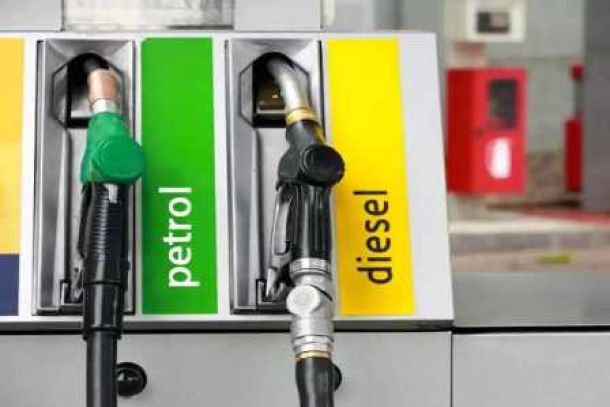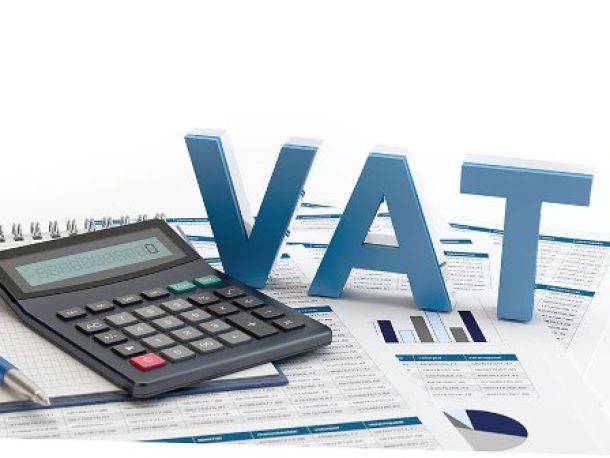Load shedding will be ‘significantly reduced’ by this time next year: Eskom CEO
Eskom chief executive Andre de Ruyter says that South Africa will see “significantly reduced” load shedding by September 2021.
De Ruyter was speaking at the Joburg resources Indaba on Thursday (8 September), where he provided an update on the progress being made at the utility, and what plans lie ahead.
Load shedding in 2020 has been the highest on record, with the only reprieve from the rolling blackouts felt during the higher levels of the coronavirus lockdown, where entire industries were closed.
The national grid is constantly under pressure, with the utility’s most recent strategy to mitigate excessive demand on the system being to implement ‘load reduction’ in areas where many illegal connections cause overloading and breakdowns.
De Ruyter said that the group is making progress with its maintenance schedule and repairs at various facilities, which he said will pay off in the coming months.
“By April of next year, we shall see the first benefits of the enhanced maintenance – and by September of next year, we will have significantly reduced, but not eliminated, the risk of load shedding,” he said.
However, these efforts – to refurbish and maintain the plant and improve the level of performance and reliability – alone are not enough to end load shedding, he warned.
The chief executive said that the country also needs additional generation capacity to serve existing demand, and to cater for a growing economy – and this additional capacity is needed sooner rather than later.
New capacity
At the end of September 2020, the Department of Energy gazetted a new determination for the Energy Regulation Act, allowing power Eskom to source over 11,800 megawatts of power from Independent Power Producers (IPPs).
The determination allows Eskom to tap renewable, gas, and coal producers for this, breaking down the capacity as follows:
- 6,800 megawatts from renewable (wind and solar) sources;
- 3,000 megawatts from gas sources;
- 1,500 megawatts from coal sources; and
- 513 megawatts from storage.
The renewable components are projected for the 2022 to 2024 allotment, with the gas component projected for completion by 2027.
By 2030, the department expects around 11,000 megawatts of coal power to be decommissioned; however, when coupled with new coal sources, it will still contribute the biggest proportion of South Africa’s energy mix (approximately 33,400 megawatts – or 43% of total capacity).
Over the same period, renewable energy is expected to see the biggest climb to about one third (26,000 megawatts, or 33%) of total installed capacity. Other sources would include gas (8%), hydro (6%) and nuclear (2%) – which still remains part of the long-term energy mix plans.
Fee increases
De Ruyter also noted that aside from the maintenance and capacity issues, Eskom’s problems also lie in the company’s finances.
This is evident through many revenue challenges, where money coming in has been in decline as a result of lower sales volumes – which have seen an annual decline of 1% – as well as the non-cost-reflective tariff increases granted by energy regulator Nersa.
Eskom recently submitted a R5.4 billion supplementary tariff increase application to Nersa, seeking to recoup lost revenue. This is over and above the R27 billion it had already applied for previously.
Together, these applications could see tariffs increase by as much as 15%.
Previously, Nersa had truncated Eskom’s application for higher tariffs, saying that the government’s R69 billion bailout of the company over the next three years should factor into the equation.
However, Eskom challenged this in court, and won. Nersa has now been forced to correct the amount the power utility is allowed to recover.
“As we appeal for cost-reflective tariffs, we also have an obligation to manage our costs properly and in a disciplined manner. We therefore don’t ask for tariffs to subsidise our inefficiencies – we ask for tariffs that reflect reasonably incurred costs,” he said.
On Eskom’s part, he said that the power utility was also looking at other cost cutting measures, such as renegotiating coal contracts, particularly where the suppliers’ profit margins are above the market norm.
“The savings potential from the renegotiation initiative will be quantified once the negotiations have been completed,” he said.
Eskom is also working with the government to recoup the billions owed to it by municipalities, which continues to increase. As at the end of August 2020, the arrears debt by municipalities was at R31.4 billion, he said.
News Category
- International retailers
- On the move
- Awards and achievements
- Legislation
- Wine and liquor
- Africa
- Going green
- Supplier news
- Research tools
- Retailer trading results
- Supply chain
- Innovation and technology
- Economic factors
- Crime and security
- Store Openings
- Marketing and Promotions
- Social Responsibility
- Brand Press Office
Related Articles

Empowering South African households through gro...

SPAR shares practical tips to beat food inflation

South African motorists could be paying up to R...

Big VAT changes on the cards


